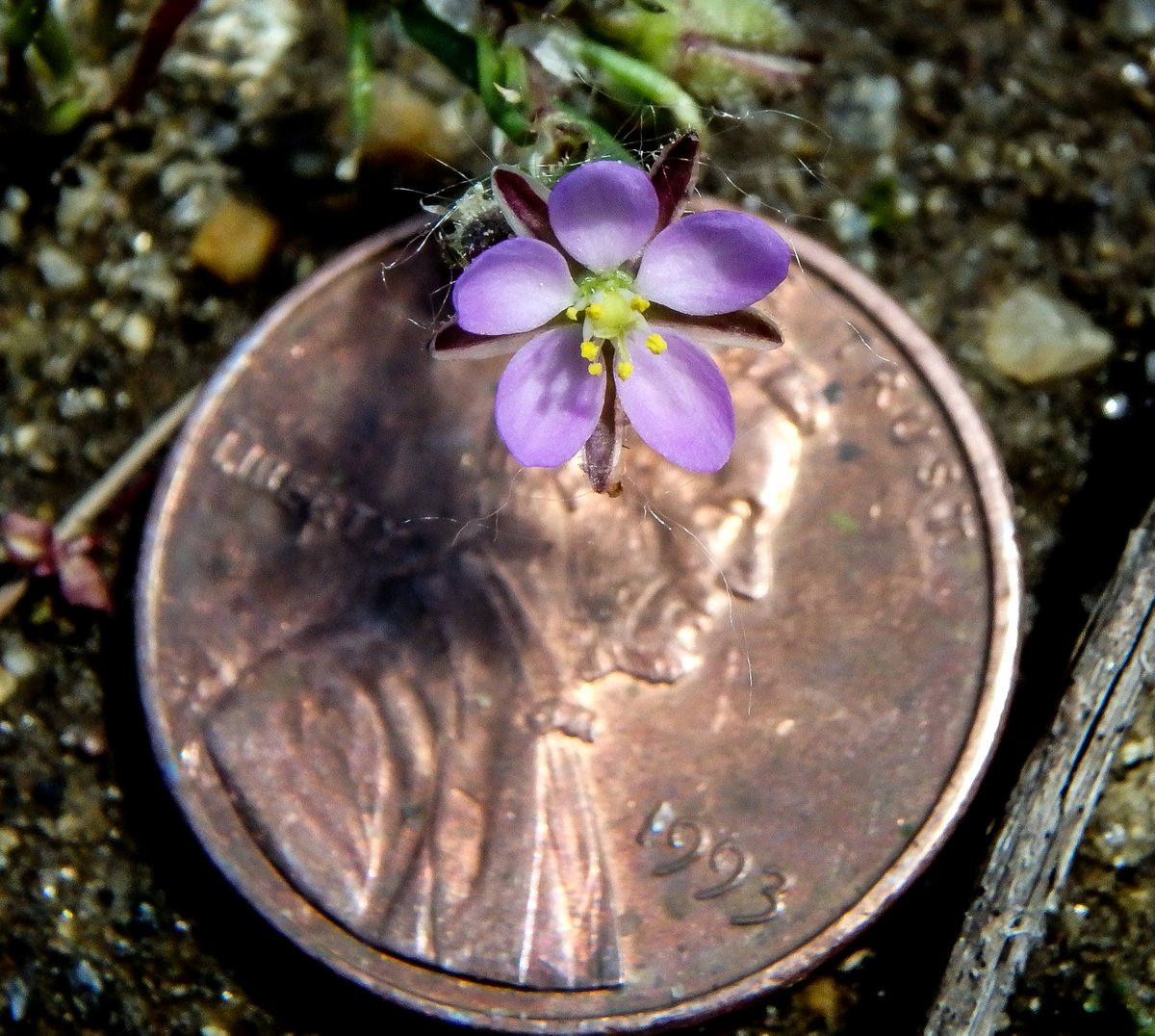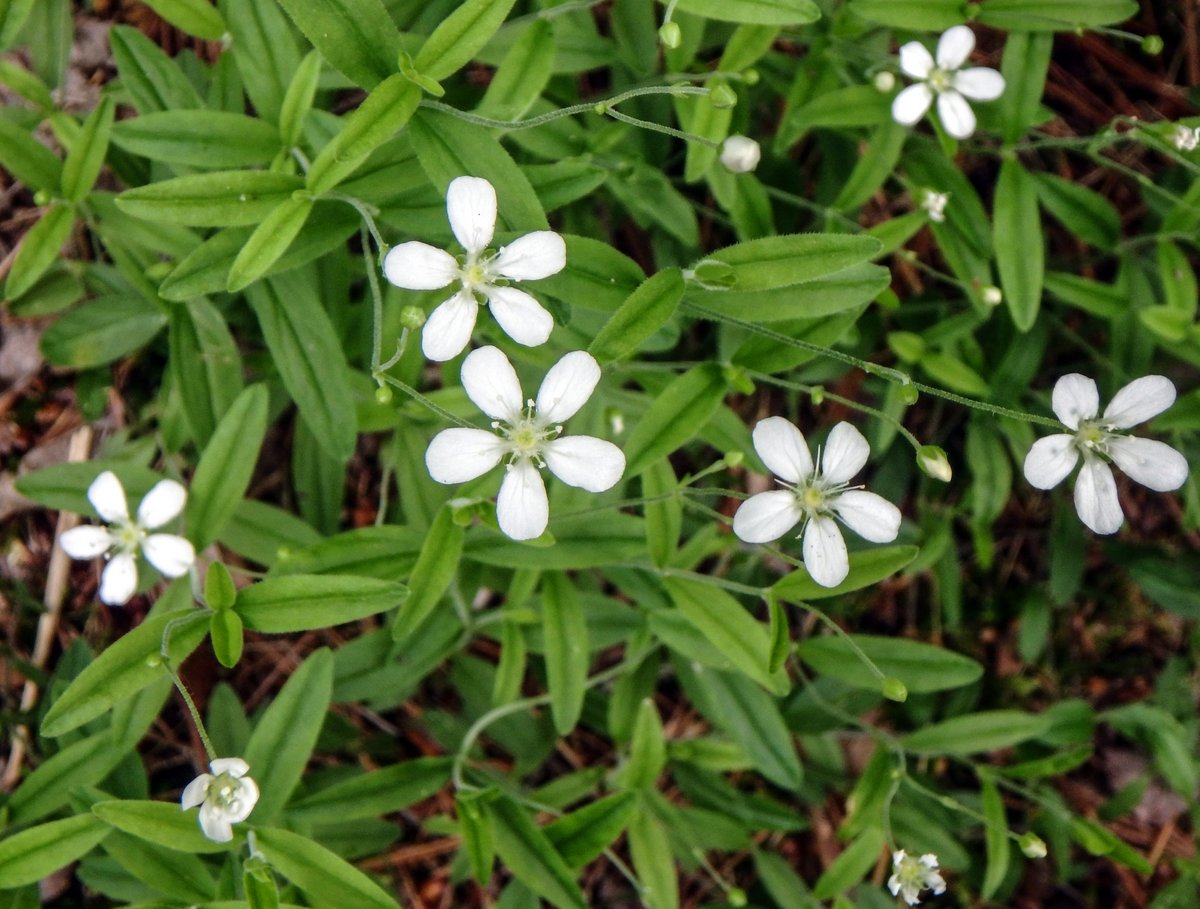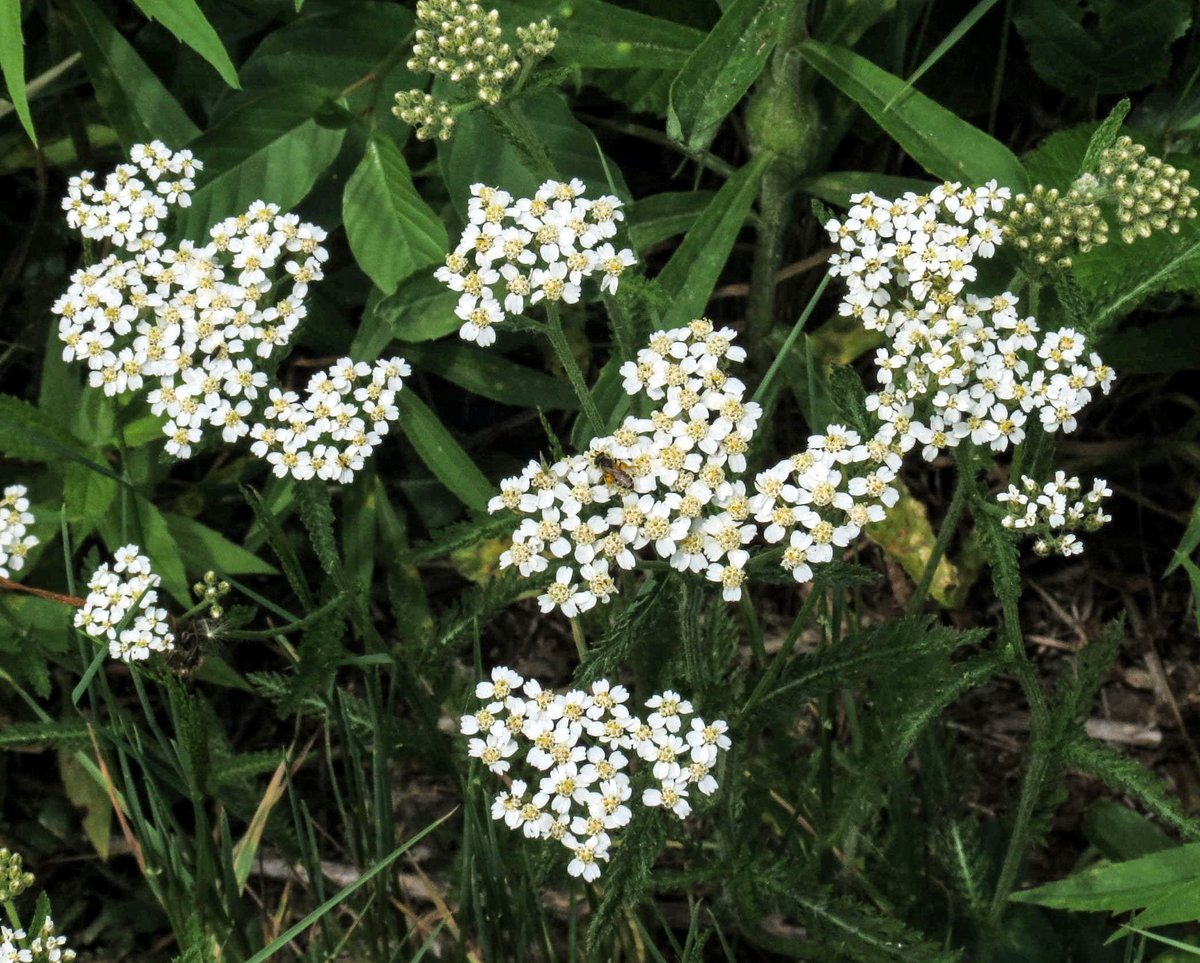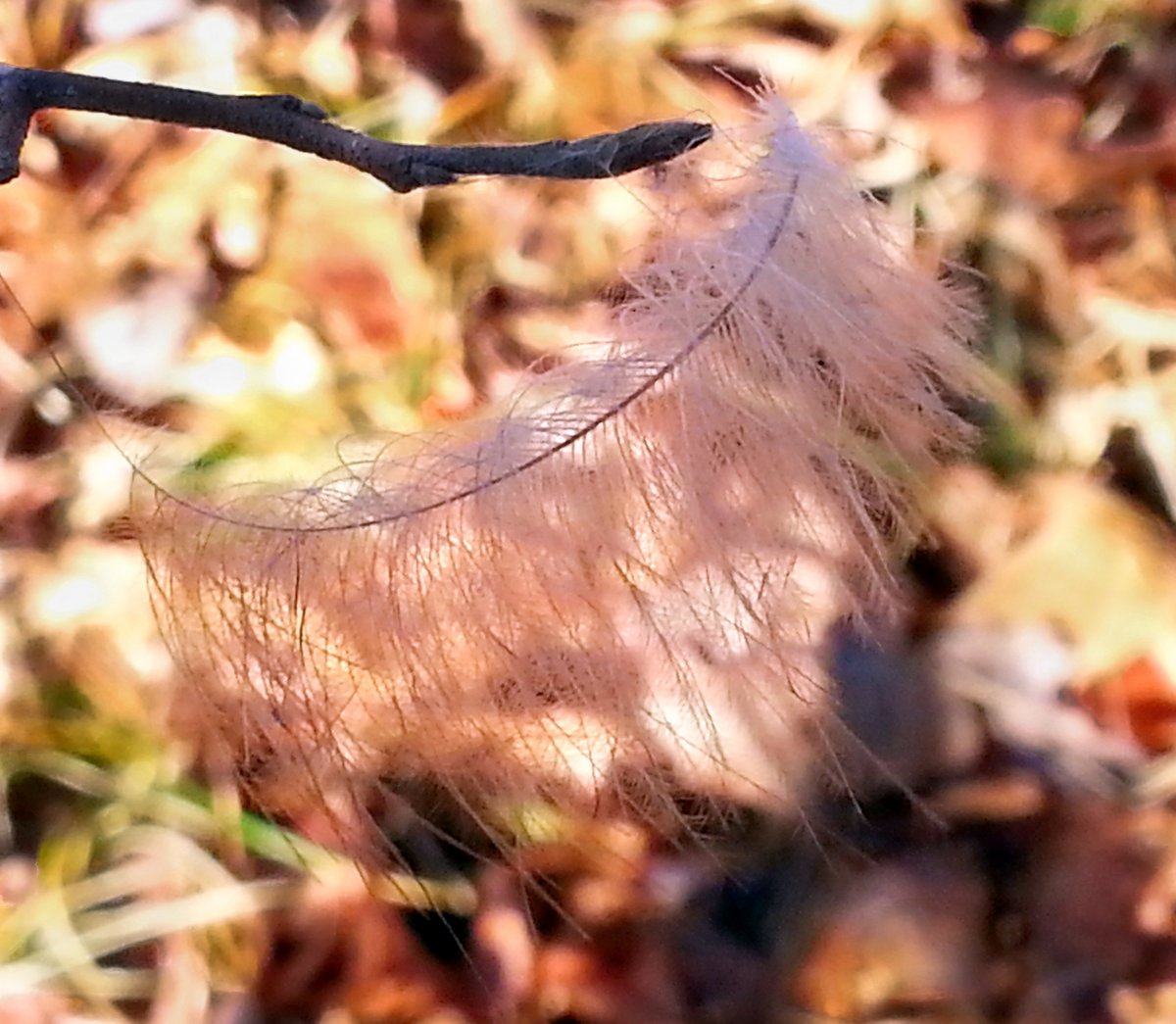
These trees aren’t pines but I thought of John Muir when I saw them. He said “Between every two pines is a doorway to a new world.” This is the kind of place I’ve been spending time in lately and he was right, but I don’t think the species matters. There’s a doorway to a new world between every two maples as well.

There is a lot of water where I’ve been walking and on June first, just like clockwork the big female snapping turtles came up out of the water to find some warm, soft soil to dig their nests in. This one was there beside the road, waiting to start digging when I happened by. From what I’ve seen egg laying seems an exhausting process for a turtle and it didn’t appear that she was in any hurry to start. At least once each year she must sacrifce the lightness of her existence for the good of her kind. Here she is no longer bouyant. She bears the full weight of gravity because the continuation of her species is all that matters.

I looked a little closer when something didn’t look right and saw that she had lost an eye. I’ve debated whether or not to show you this photo and I finally decided that yes, you should see it. I’m here to report on nature, not to sanitize it or to lie to you about it and the truth is, when you spend a lot of time in nature, you regularly see death and injuries. It is something you have to be able to stand apart from, just as at times you must be able to stand apart from yourself. Death is a natural part of living and when I see a dead animal I know it was its time. Often I also know that because of its death another animal was likely able to stay alive, or maybe even feed its family. It’s just the way it is; every living thing gets eaten eventually, be it by predator or microbe.

I walked around this mother turtle and saw that her other eye was fine. I also saw deep peace in that eye; an eternal peace, and I knew she would be well. I wished her an easy time of her egg laying and left her to get on about her business.

All of the sudden pretty little blue toadflax is lining the sides of roads. It’s funny how so many things seem to wait for June. All of the sudden it’s June first and there they are, just like the turtles.

I’m seeing lots of nannyberry blossoms this year. This native viburnum is common and easy to find, especially in spring when it blooms. The numerous small, five lobed white flowers are very pretty with their five yellow tipped stamens. They’ll be followed by edible dark blue, juicy one seeded berries (drupes), which are sometimes called wild raisins. They and many other native viburnums and dogwoods are great for attracting birds and wildlife to the garden. They’re also strong native plants that don’t need any special pampering. In fact most of them do best when just left alone, so they’re a great choice for the occasional gardener.

Blue eyed grass is another plant that just seems to appear one day. First you can’t find it anywhere and the next day it’s everywhere. I found this one in the shade and I admired the way its petals looked as if they had been cut from satin cloth. The plant is in the iris family and has nothing to do with grass but I don’t name them, I just introduce them.

Ox eye daisy. Is this really what an ox’s eye looks like? I suppose I haven’t paid attention, but I can’t remember the last time I saw an ox. One thing I’m sure of when it comes to this flower is, even if you put them directly into water they’ll wilt as soon as you cut them. When I was married (In June) we didn’t have money for flowers from a florist so we picked daisies. The next day at the wedding reception every table had a vase full of wilted daisies on it. My father in law wore a crown of them.

Our native blue flag iris is another flower that waits for June. It likes wet feet so it can be found in ditches and along riverbanks or pond edges, sometimes growing right in the water. They’re very beautiful and I look forward to seeing them each year. When I see them I know it’s June, so who needs a calendar?

Vetch has come into bloom and since I see purple as blue and blue is my favorite color, I’m happy to see it. The only thing I might have an itch about when it comes to vetch is how, from a distance I always wonder if it might be some other rarer blue flower, so I always have to walk over to it and find out. It’s not a real problem; I get to see a lot of vetch that way.

A rabbit looked over its shoulder as if to ask “What are you doing here?” If I had spoken rabbit I would have said “I’m part of all this, just as you are.”

Blackberries seem to be having a good year so far. Blueberries have blossomed heavily as well, so the bears will be happy.

When I went by them the first time it was early in the morning so the yellow hawkweeds were closed against the dew. When I retuned later they burned as bright as the morning sunshine.

A damselfly hugged a grass seed head, hoping to get some of that morning sunshine for itself. This day started off quite cool, but it warmed up quickly.

All of the sudden red clover blossoms have appeared and I’m enjoying seeing them in the morning all covered in dew. It wasn’t always this way; I once despised them because I saw them with a gardener’s eyes; I saw how two or three of them could make a garden seem disheveled and uncared for, the way they sprawled all over. You couldn’t pull them because their roots seemed to reach to the earth’s core and if you weed wacked them you were left with an ugly stump, so you had to dig each one, and that took extra time. They were high on my list of despised weeds until one evening I saw the day’s last ray of sunlight falling directly on a red clover, as if it was lit by a spotlight. I walked over to it and knelt to take its photo and everything changed.
Can you lose yourself in a flower? Yes you can, the same way you can lose yourself in music or art or mathematics. And you can find yourself as well. That evening I saw for the first time how very beautiful each tiny orchid like flower was. As I knelt there in the grass before this once despised weed it was as if a space had opened in my mind. There was room for everything in this space and I saw how beautiful life was, and how much easier it became when nothing had to be excluded. All traces of plant snobbery washed out of me that evening and I have loved all flowers ever since, be they roadside weeds, rare wildflowers, or prized garden specimens. In case you were wondering, that is why you find them all here on this blog.

There was no breeze so English plantain was still, quietly offering its flowers to any passers by. Maybe when the breeze came up and it could once again dance there would be more takers.

I sat on a log beside the water waiting for a dragonfly to come along, and this one did. I think it was a chalk fronted corporal. They’re skimmers and they have two vertical white bars just behind their head that don’t show well in this photo. As you can tell by its shadow the sun was fully out at this point. It had gotten hot quickly and I was starting to feel it so I took a couple of quick, not very good shots and left. It would reach into the 90s F. on this day but I made sure I was inside by the time that happened.

I went back to the same spot a couple of days later when it was cooler but this time instead of dragonflies I saw a great blue heron fishing. It stood playing statue, watching me for about 15 minutes before deciding I wasn’t a threat. I watched it catch a nice fish but I didn’t get any good shots of it happening. I also saw an American bittern this day but I wasn’t able to get a shot of it either, because it quickly disappeared behind a clump of cattails. That was too bad, because I’ve heard that bitterns are rare birds, rarely seen.

In another spot this white admiral butterfly landed on a dry gravel road in the hot sun, which butterflies seem to do a lot. I believe this one was “puddling,” which is drawing up moisture and nutrients from the soil. It tried several spots before it found one it liked and then it went into a trance, as if it was mesmerized.

It would slowly raise and lower its wings as if keeping time with a heartbeat so I walked slowly around it, trying to get a shot of its wings fully open. Open or closed they were very beautiful and there wasn’t a mark on them from birds. This butterfly has several variants so if it doesn’t look like the white admiral you know, that could be why. Some of them are quite plain.

The freeze we had in mid May killed off most of the black locust flower buds but I found a couple of protected trees blooming beautifully. I love these native trees with their fragrant flowers that hang like wisteria blossoms. Black locusts are another plant in the huge pea / bean family and like many other legumes its leaflets fold together at night and when it rains.

Bristly locust blooms when black locusts do but are really more shrub than tree, though they can reach 8 feet. What sets this locust apart from others are the bristly purple-brown hairs that cover its stems, which are easily seen in this photo. Even its seedpods are covered by hairs. Bristly locust is native to the southeastern United States but has spread to all but 7 of the lower 48 states, with a lot of help from nurseries selling it for ornamental use. The beautiful pinkish purple flowers are very fragrant and bees really love them. Every time I find one in bloom it is absolutely covered with bees, which makes getting photos a challenge. If you’re looking for a beautiful “plant it and forget it” native small tree that would do well on the edge of the woods and which pollinators would love, this might be it.

I went by the local college to see what was blooming and found some huge oriental poppies in bloom. They’re beautiful flowers that are even more beautiful when massed together. They’re also easy to grow.

For years I’ve thought that the beautiful berries of silky dogwood, which are blue and white for just a short time, must have influenced the blue and white porcelain made in China. But the wheel? I never thought much about it until I looked inside this poppy. I had looked at thousands of poppies, but I had never really seen one until this day and imagine; this pattern perfectly reflects that of a wheel found on an archeological dig near Edinburgh Airport in Scotland. A well preserved charitiot fron 475-380 BC was unearthed and on its wheels were 12 spokes with the same symmetry seen on this poppy. It is said that Roman chariots were influenced by Celtic chariot design. I thought about that and realized that there was once a time when one person’s design couldn’t influence another, because man and nature were all there was. All creative inspiration had to come from the patterns, forms, and shapes found in nature, because there was nothing else. Maybe the poppy was part of that.

I found a beautiful river of rocket. Dame’s rocket that is, and it was early enough in the morning to smell its fragrance. I had heard about how fragrant it was in the evening but apparently it is sunshine or heat that turns off its fragrance, because on this cool morning most of the plants were in the shade and they were heavenly fragrant. They aren’t native but no matter where they grow they’re another wonderful gift from nature.
Nature is not a place to visit, it is home. ~Gary Snyder
Thanks for stopping in.











































































































































































